The Western Producer sent two reporters, Robin Booker and Jeremy Simes, to cover FarmTech in Edmonton, Alberta, January 30 – February 1. The following podcast was recorded on location at FarmTech and it contains interviews with experts who presented at the show. 0:36 Cam Dahl, Cereal Canada 3:54 Lisa Nemeth, CIGI 4:48 Darrell Bricker, CEO […] Read more
Stories by Robin Booker
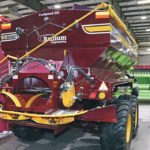
South African fertilizer spreaders come to Canada
RED DEER — Schulte Industries has signed a distribution deal with Radium Engineering to sell South African designed fertilizer spreaders in Canada. Radium Engineering has produced its own fertilizer spreaders since the 1990s, and its distribution network reaches most agricultural areas around the globe. Clayton Rosaasen of Schulte Industries said the spreaders will fit comfortably […] Read more
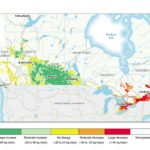
Carbon hits the east-west divide
Carbon depletion versus sequestration may be why Ottawa isn’t recognizing prairie efforts
Canadian east versus west politics likely factors into why the federal government isn’t talking about the sequestration of carbon in prairie soil. Information compiled by Agriculture Canada shows soil organic carbon is increasing in western Canadian cropland with the reduction of tillage and implementation of direct seeding, while cropland in Ontario, Quebec and the Maritimes […] Read more
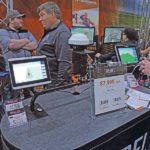
Autosteer now works on older machines
Outback Guidance’s Rebel line uses hydraulics to take over the steering
Growers running older iron might be interested in the autosteer products Outback Guidance launched at the Western Canadian Crop Production Show. “The oldest vehicle we can install on is 45 years old,” said Mike Bannister, product manager for Outback Guidance. “Anything that is hydraulically driven.” Outback Guidance is able to fit older machines with its […] Read more
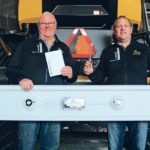
Combine calibration made easy
Two companies offer remote controlled drop pans that allow growers to safely collect samples of material blown out the back of combines. Both products are powered by electromagnets that disengage at the push of a button. The pans then fall from their mounted position under the combine and collect a representative sample of how much […] Read more

Finnish articulated loaders now available in Canada
RED DEER — Small articulated loaders built in Finland are now available to Canadian producers through JAK Equipment in Leduc, Alta. The Avant series of loaders has more than 190 attachments that focus on farming and construction tasks. “Options are basically endless for these things when it comes to attachments,” Bob Fedorchuk of Avant Techno […] Read more
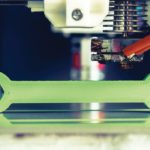
VIDEO: Print your own parts?
Sourcing parts for older farm machinery can be a hair-pulling experience. Farmers often find parts are no longer available or the price is unreasonable. But there may soon be another option for replacement parts. A 3D printing centre called Create Cafe has opened in Saskatoon, where anyone can walk in, talk to a designer, and […] Read more
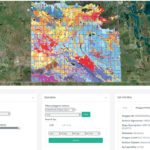
Soil mapping soon to be more usable
Digital platform provides access to information about Saskatchewan soils collected throughout the 20th century
The first phase of the Saskatchewan Soil Information System is expected to be launched for early 2018. The SKSIS is a digital platform that stores and allows access to information on Saskatchewan soils collected throughout the 20th century, including soil surveys. Angela Bedard-Haughn of the University of Saskatchewan said soil surveys are a great resource […] Read moreNanotechnology to alter animal health, food systems
Biological sensors based on nanotechnology are being developed by Canadian researchers and may soon be commonplace on Canadian farms. A biosensor device relies on a biological element such as an enzyme or bacterium to react with a target substance such as a spore or virus. This reaction is monitored by a transducer that converts the […] Read more
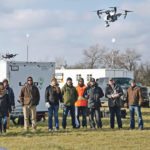
Sensor sensibility
Canadian farmers are dithering when it comes to using specialized sensors, according to a Glacier FarmMedia survey. In an online survey filled out by 428 farmers from late August to mid-October, only seven percent of respondents said they have fully adopted the use of specialized sensors, and only 20 percent are actively testing them. In […] Read more





